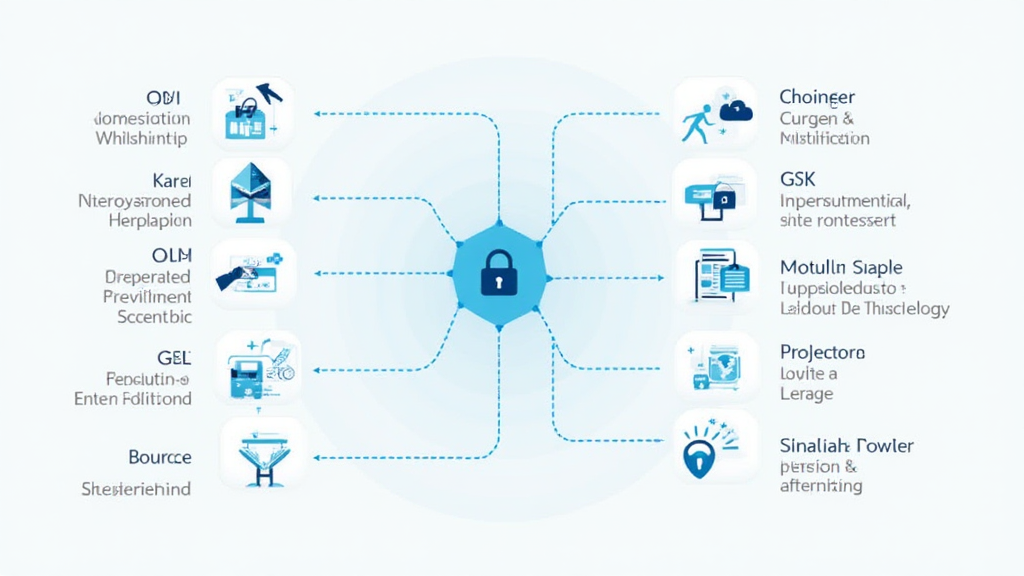Introduction
With over $4.1 billion lost to DeFi hacks in 2024, ensuring robust security in the blockchain space has never been more crucial. Blockchain transaction encryption plays a pivotal role in the protection of digital assets, making it a key area of focus for developers and investors alike. This article dives into the best practices for blockchain transaction encryption, helping users understand the complexities and importance of securing their digital transactions.
The Importance of Blockchain Transaction Encryption
Every transaction on a blockchain is a public record, which makes privacy and security paramount. Understanding how encryption works in this context is essential. Here’s a breakdown of why encryption matters:
- Data Protection: Ensures that sensitive information remains confidential.
- Integrity: Confirms that the data has not been altered during transmission.
- Authentication: Verifies that the parties involved in the transaction are legitimate.
What Does Blockchain Transaction Encryption Entail?
Blockchain transaction encryption involves the application of cryptographic techniques to secure transaction data. The most commonly used methods include:

- Symmetric Encryption: Uses the same key for encryption and decryption, ideal for quick transactions.
- Asymmetric Encryption: Employs a public and a private key, enhancing security for sensitive transactions.
- Hash Functions: Converts transaction details into a fixed-size string, ensuring data integrity.
Current Trends in Blockchain Transaction Encryption
The landscape of blockchain encryption is continually evolving. Let’s explore the prominent trends for 2025:
Enhanced Privacy Features
Projects such as Monero and Zcash are leading the charge in offering advanced privacy features. These cryptocurrencies utilize zero-knowledge proofs to guarantee transaction confidentiality.
Multi-Signature Transactions
Multi-signature wallets require multiple private keys to authorize a transaction. This added layer of security is becoming standard for business transactions.
Challenges in Ensuring Effective Encryption
No system is immune to challenges. Here’s what to watch out for:
- Key Management: Users must securely store their private keys; loss can mean irreversible loss of assets.
- Compliance Issues: Keeping up with international financial regulations is complex.
- Scalability: Efficient encryption must not hinder transaction speed.
The Role of Artificial Intelligence in Blockchain Security
AI technologies are beginning to play a significant role in enhancing blockchain security. AI-driven platforms can better predict and respond to possible threats, making them invaluable.
Case Study: Vietnam’s Growing Blockchain User Base
As of 2025, Vietnam has seen a significant surge in blockchain users, growing by over 60% compared to the previous year. This showcases the country’s increasing acceptance of digital assets and highlights the importance of educating users on blockchain transaction encryption, or as it’s termed in Vietnamese, tiêu chuẩn an ninh blockchain.
Concluding Thoughts
As we navigate the complex world of blockchain transaction encryption, it’s evident that robust security is indispensable for protecting digital assets. With threats continuously evolving, staying informed and employing best practices in encryption is crucial. Embracing these technologies will help secure your transactions and protect the integrity of the blockchain. Remember, investing in blockchain security today safeguards your assets for tomorrow.
For further reading, check out HIBT for insights on secure blockchain practices and more!
Finally, as a reminder, always consider consulting local regulators for the most accurate advice on blockchain practices.




